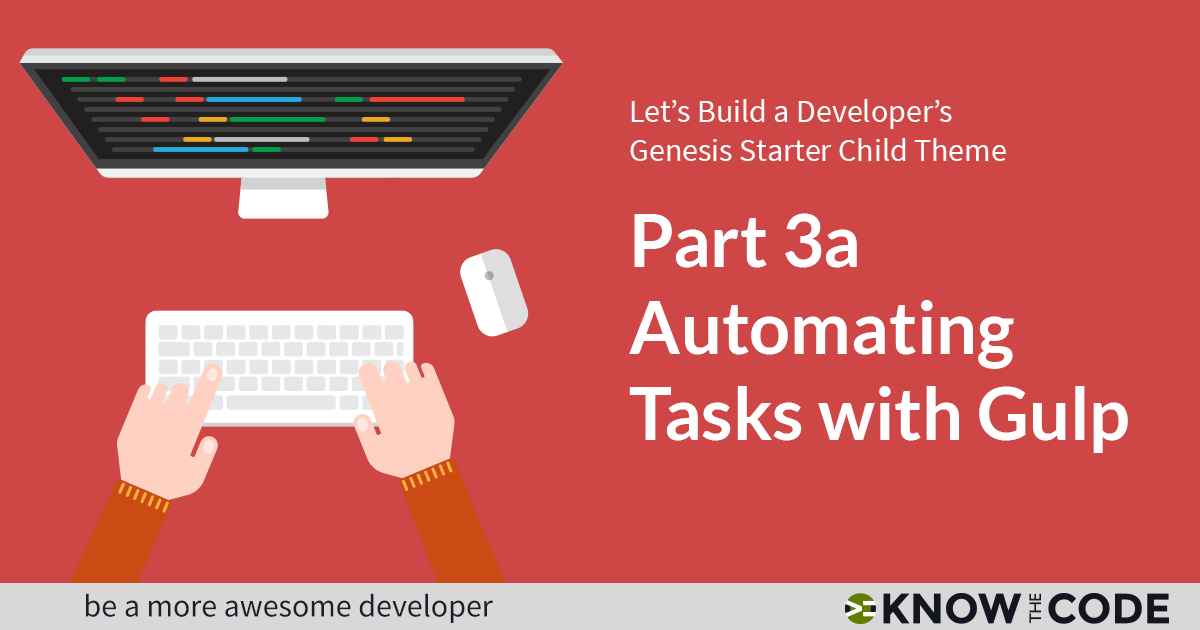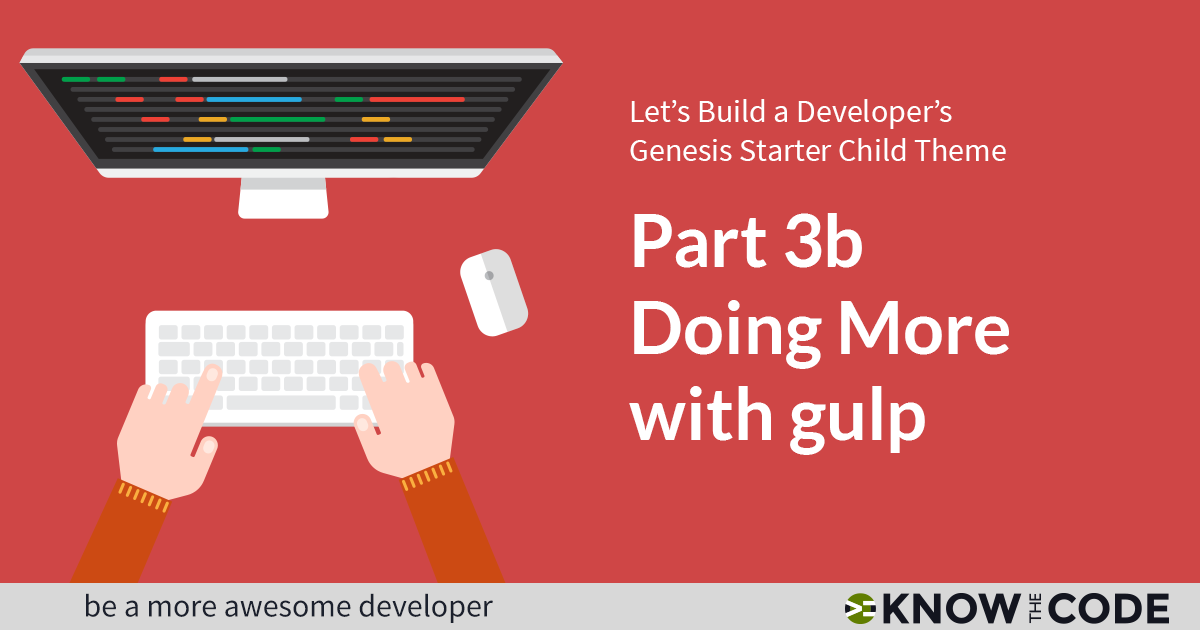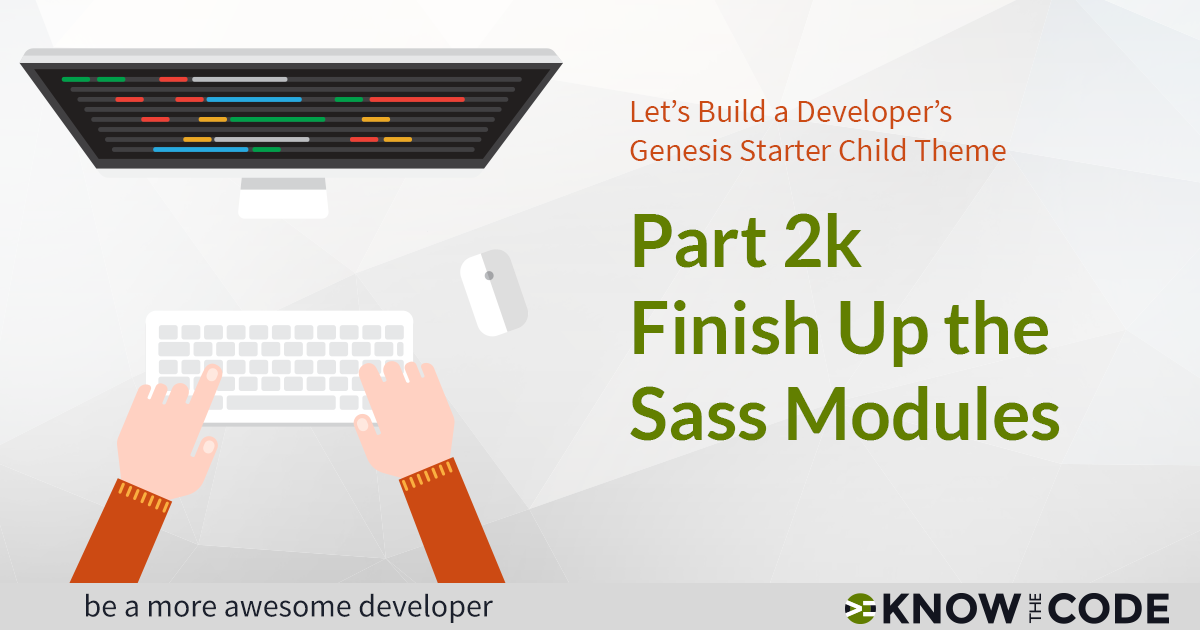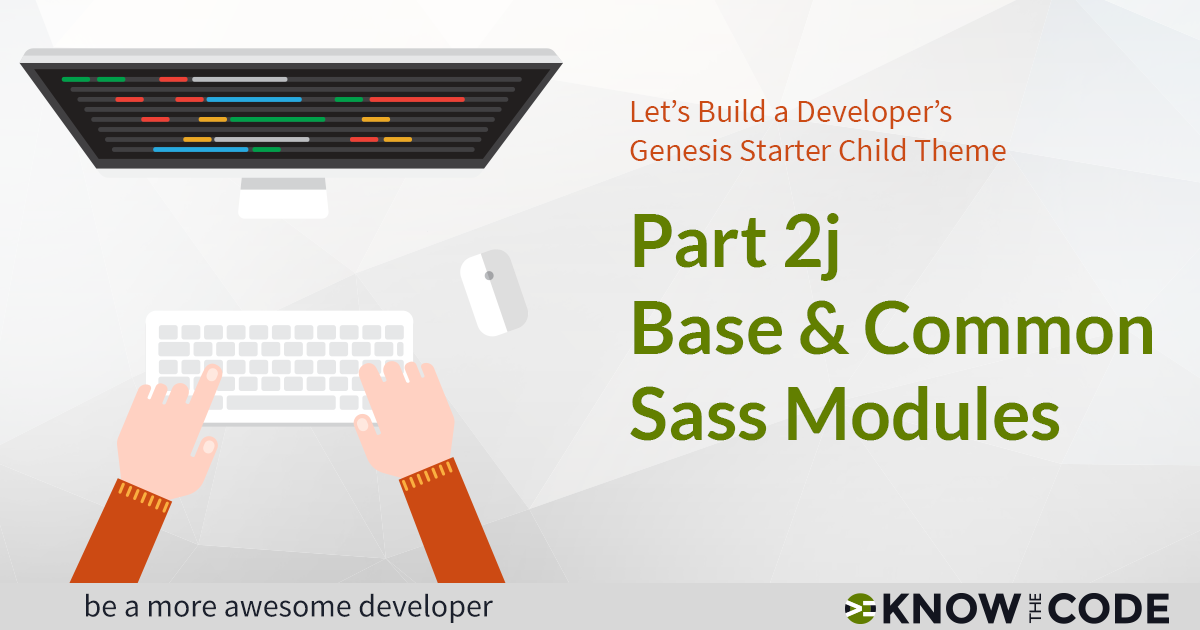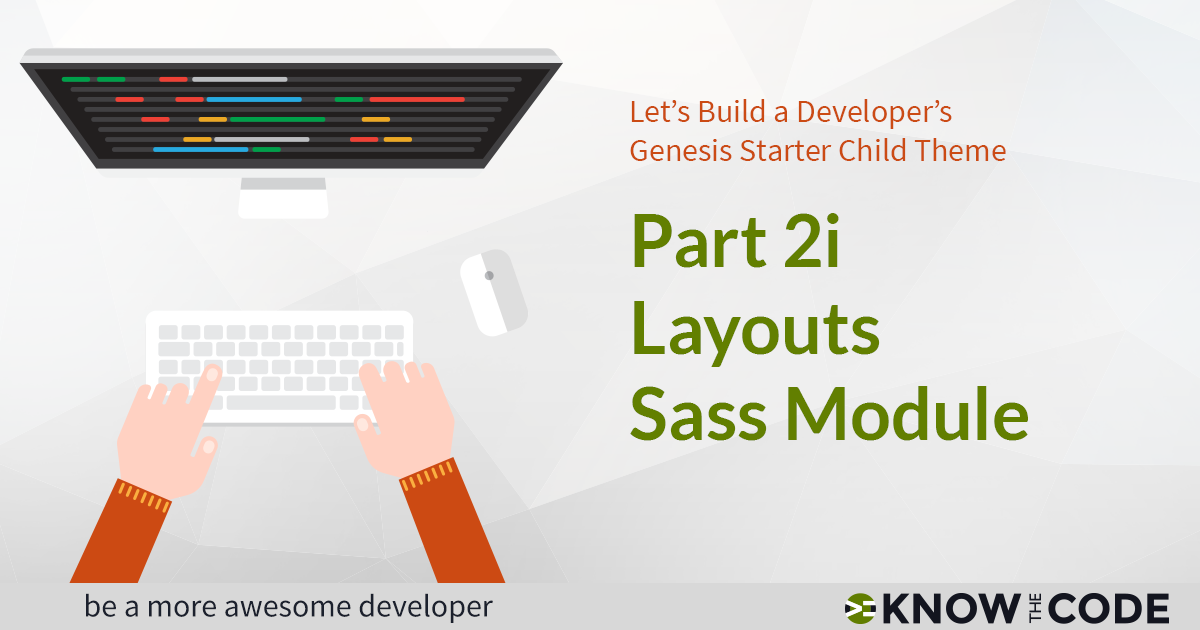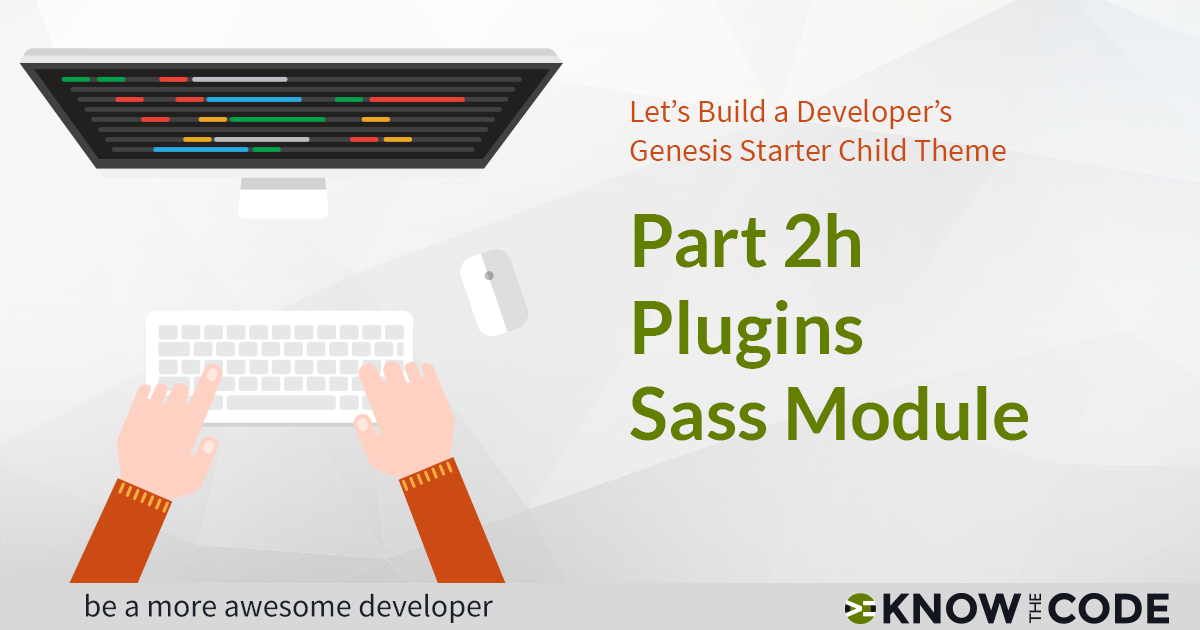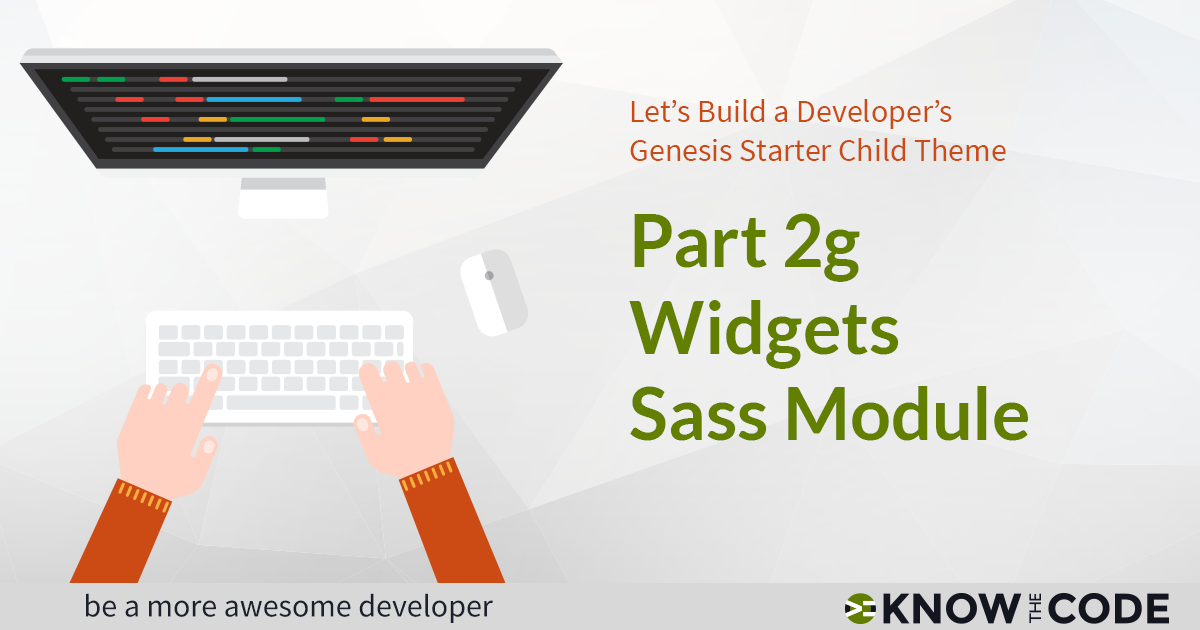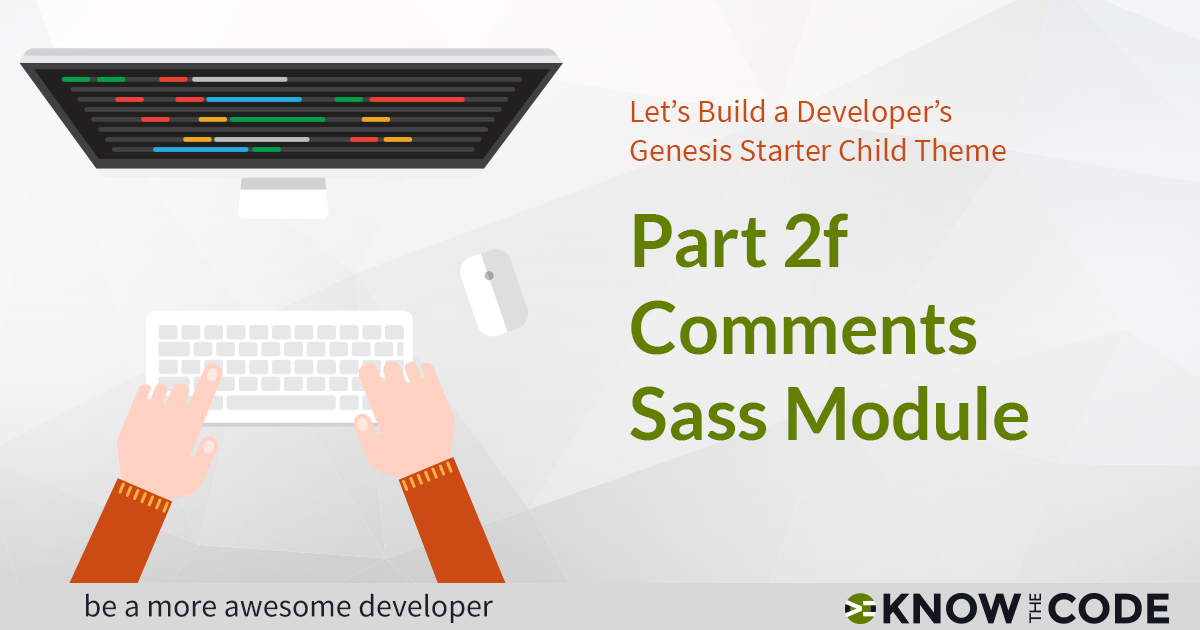The first step is to make sure you have gulp installed globally. You need to have both node and npm installed. Then do the following: Open terminal. Type: npm install gulp –g When it’s done installing, type: gulp -v If you get a version number, you are ready to rock and roll. Next let’s create the package.json boilerplate file. To do that, let’s run the init out of npm which will walk you through the options: npm init Just keep pressing the return (enter) key on your keyboard to select the defaults. When done, then open up the file. Now […]
